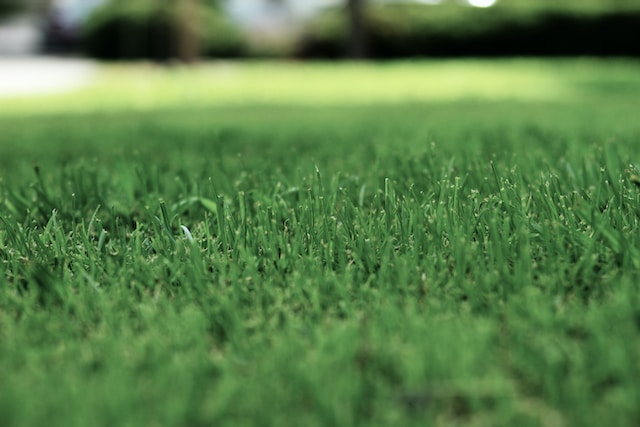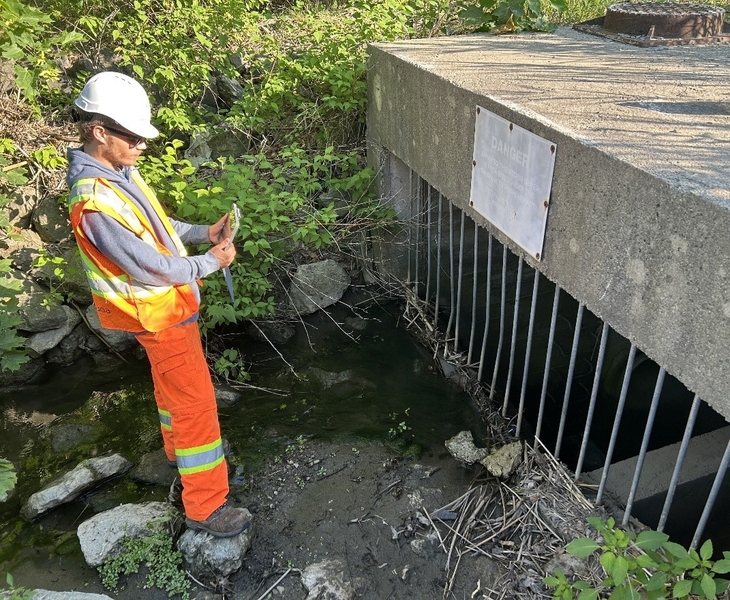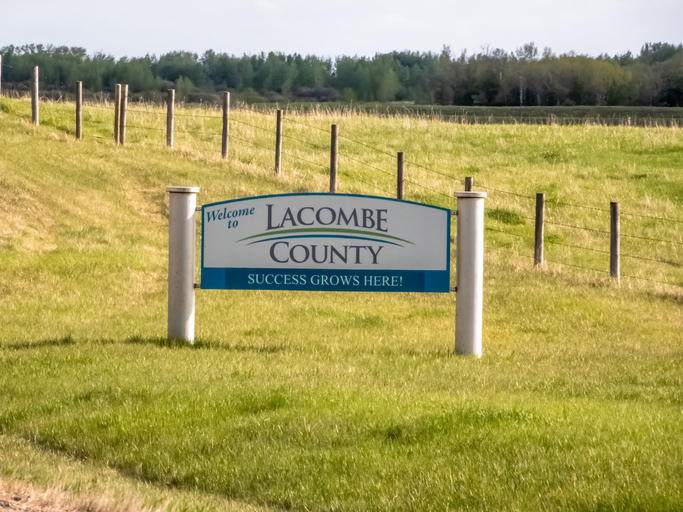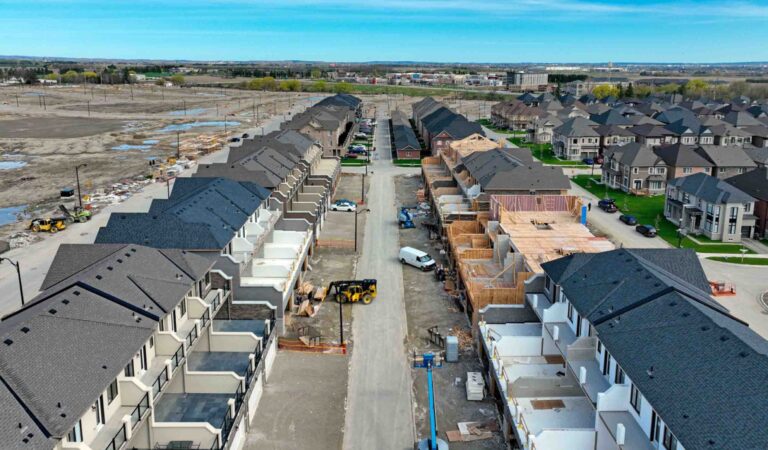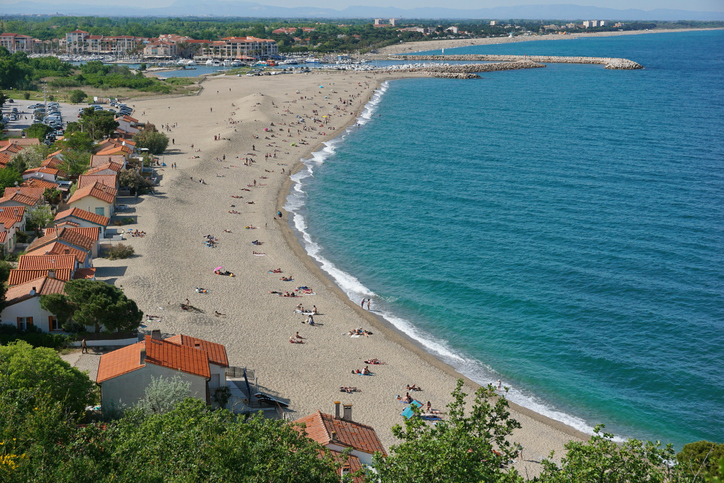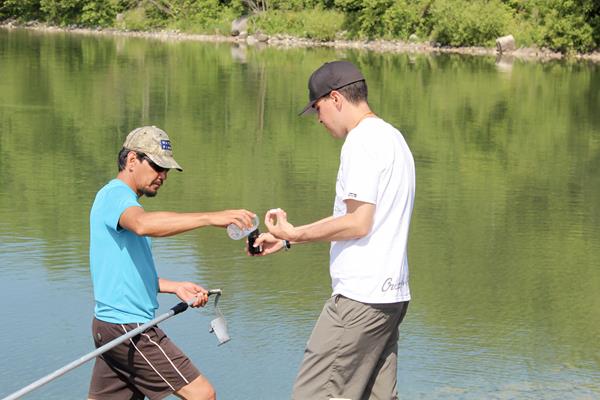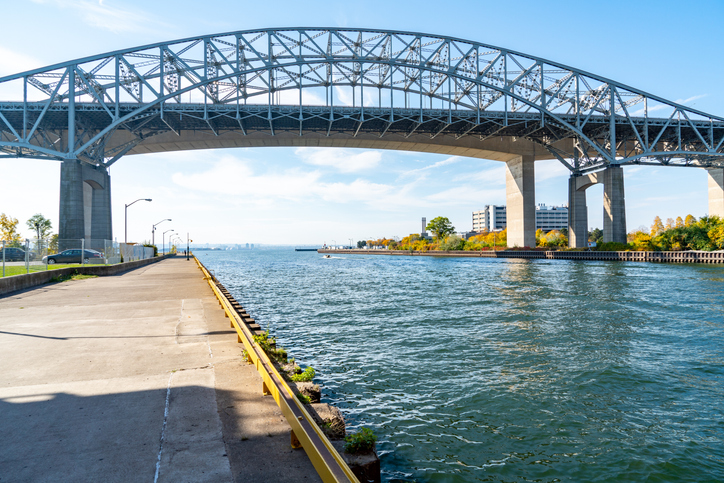Prepare to kiss your grass goodbye, Calgary — that’s the message from a University of Calgary hydrologist, following a municipal order to restrict water use due to record-setting scarcity in local rivers.
With the Bow River at its lowest level since 1911 and the Elbow at a 23-year low, Dr. Tricia Stadnyk, P.Eng., says Calgary and other Alberta municipalities must accept we are entering an era where water is scarce and too precious to be wasted keeping non-native plants alive.
“We should have been nearing this end a long time ago — for lawns, the writing has been on the wall for a long time,” says Stadnyk, PhD, a professor in the Department of Geography and the Schulich School of Engineering, and a specialist in water supply projection and hydrologic forecasting.
“Kentucky bluegrass is not native to this area, and while it looks nice, the whole idea of competing with the neighbours over whose lawn looks best should really be going out the window.”
The City of Calgary introduced Stage 1 water restrictions for homeowners this week, limiting watering of lawns to one day a week during set hours, for a maximum total of two hours.
With another warm winter predicted for a region already suffering the effects of thin snowpack and early spring melt, water scarcity is likely for the foreseeable future — and in an era of temperature extremes, water resources are becoming all the more precious.
But getting Calgarians to give up their grass is easier said than done, and while cities like Las Vegas have mandated a legal ban on non-native lawns by 2027, it would take a brave political edict to outlaw fescue and bluegrass in a city where lush green is the accepted summer standard.
While the city is trying to gently persuade property owners to favour drought-resistant native plants — there’s an entire website devoted to the subject — cheap water and a love of neatly-trimmed emerald blades have kept Calgarians lawn obsessed.
But Stadnyk says this is one societal change that won’t depend on political leadership, if current climate patterns persist and become even more extreme, as scientists predict. When water is too scarce to waste on lawns, the lawns will die.
No spare water in Southern Alberta means no lawns, and a farewell to other thirsty, non-native plant species — and Stadnyk says Calgarians will soon have to accept that reality, because nobody wants a yard full of withered, brown straw.
“I would hedge my bets on that, more than politicians raising the price of water or trying to ban lawns,” says Stadnyk.
“Our hands are going to be forced and we’re going to have to give up on lawns, otherwise we’re going to be looking at deadscaping.”

